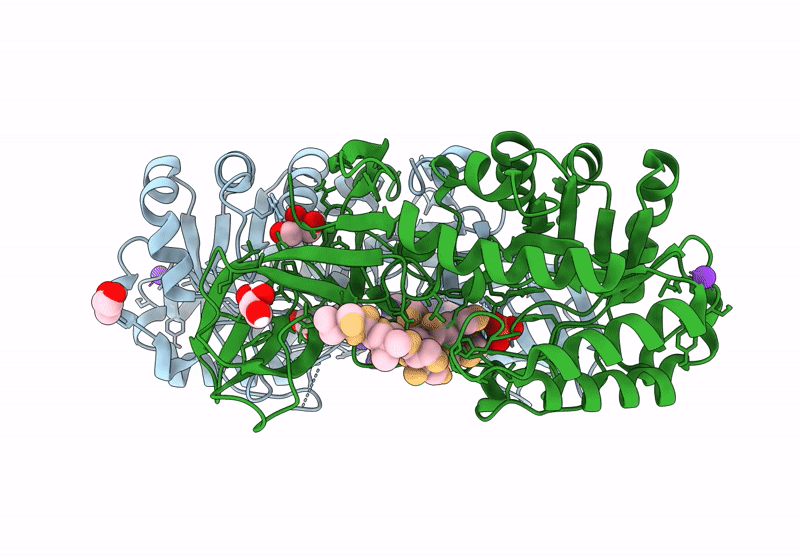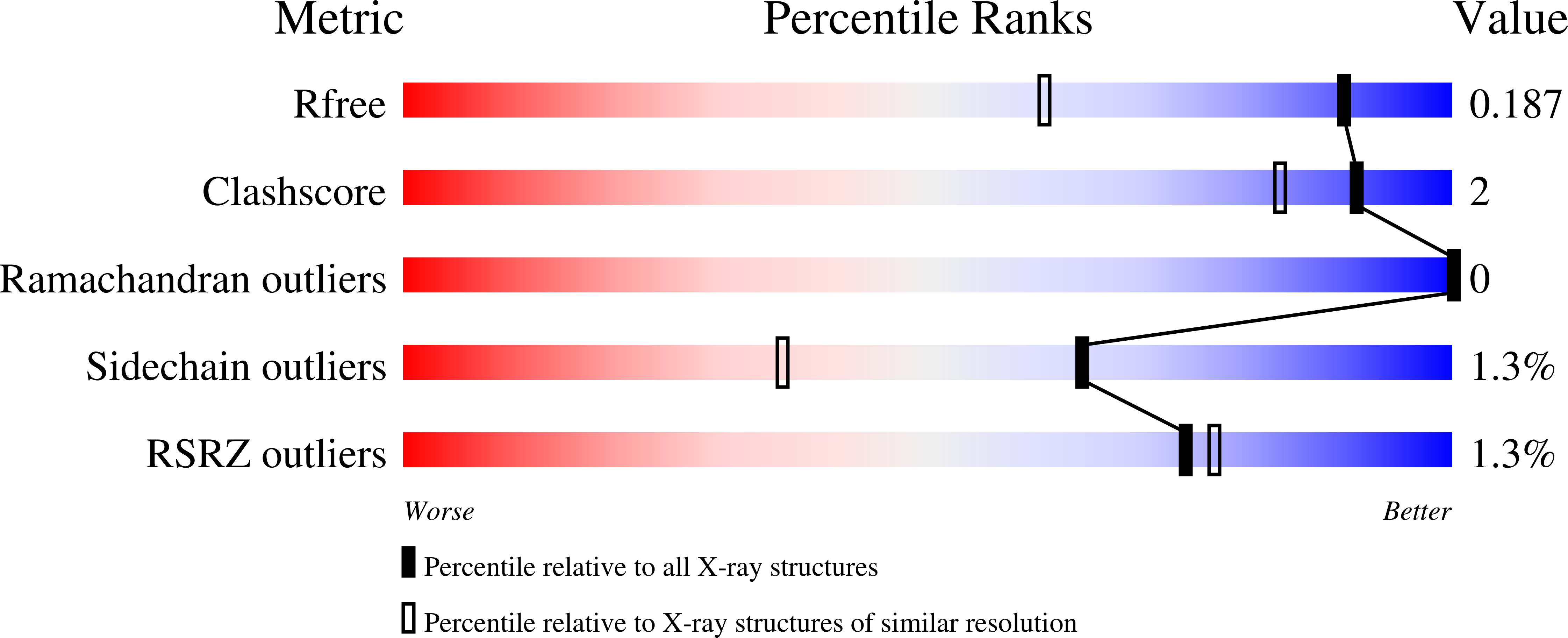
Deposition Date
2024-11-10
Release Date
2025-02-12
Last Version Date
2025-03-05
Entry Detail
PDB ID:
9EAF
Keywords:
Title:
Carboxyspermidine decarboxylase from Clostridium leptum
Biological Source:
Source Organism:
[Clostridium] leptum (Taxon ID: 1535)
Host Organism:
Method Details:
Experimental Method:
Resolution:
1.41 Å
R-Value Free:
0.18
R-Value Work:
0.14
R-Value Observed:
0.15
Space Group:
P 21 21 21


